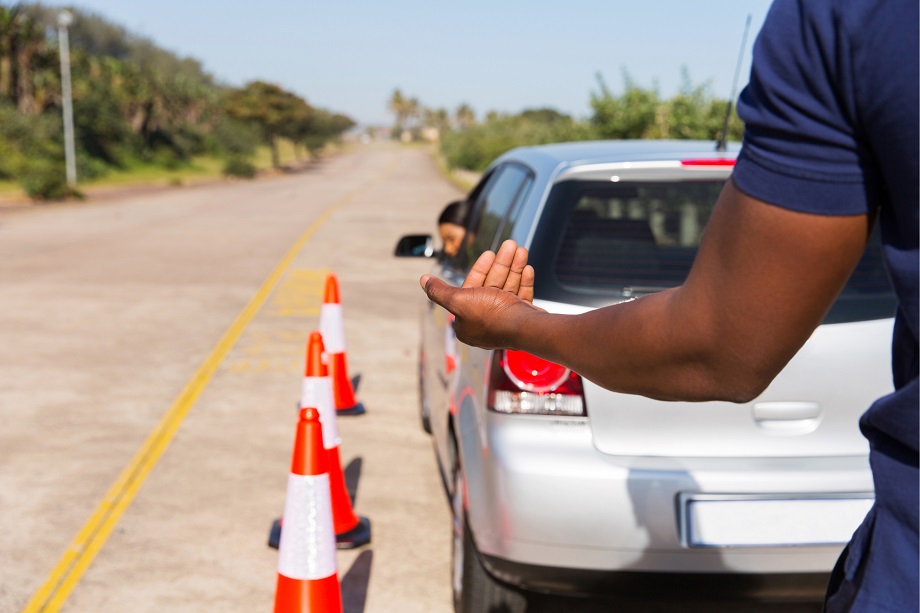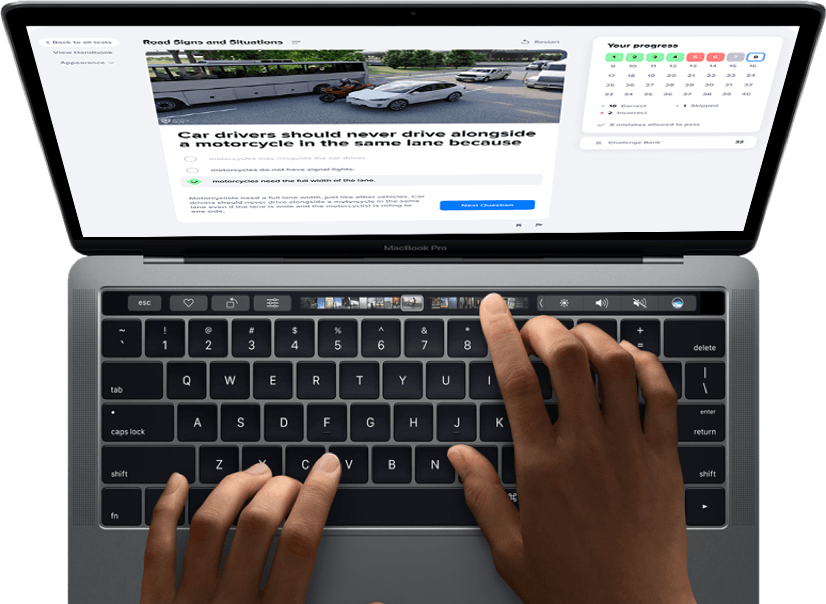Contents
Many people hastily park their cars in parking spots by driving into them rather than backing in. Although this technique is perfectly acceptable, it is often just as quick and easy to reverse park (back into a parking space). Many drivers find that backing into a parking space affords them more visibility when exiting the space. Because the front of your vehicle will be directed towards the parking lot, you will have a clearer view of your exit if you back into parking spaces instead of driving into them.
You’re reading one of our “Beginner Driver’s Guide” articles. Need to practice for your upcoming exam? Take our free sample driving test -- no registration required! ✨
Use the following steps to successfully and easily back into a parking spot.
How To Reverse Park (Back into a Parking Space)
- 1
Locate an empty parking spot. If you are able to find a parking spot with only one car or no cars on either side you will be able to reduce your chance of an accident while increasing your visibility. If you are practicing reverse parking for the first time, it might be a good idea to find an empty parking lot for your first few tries.
Cones might help you when you start practicing reverse parking![reverse parking]()
- 2
After you have located a parking spot, drive in front of it so that the rear bumper of your vehicle is slightly in front of the space.
- 3
Alert other drivers of your intentions to back into this parking spot by turning on your blinker or your emergency flashers.
- 4
Before putting your vehicle into reverse, check for oncoming vehicles in front of you and approaching vehicles from behind you. Check your rear view and side mirrors for pedestrians. This is a very important safety precaution, especially if you are in the parking lot of a public place.
- 5
Shift your vehicle into reverse. Turn your steering wheel to the right as you slowly begin to accelerate in reverse.
- 6
Continue moving backwards and begin to straighten your vehicle’s steering wheel as your car enters the parking space.
Always check your left and right mirrors to make sure you don’t hit cars around you:
- 7
Once your car is aligned in the parking space, straighten your steering wheel and continue to back into the parking spot until the front of your vehicle is aligned with the front of the other vehicles in that row. Make sure that you are far enough into the parking space that the front of your vehicle is not obstructing the aisle; however, also be careful not to continue in reverse until you hit the curb or the vehicle parked behind you.
- 8
Shift your car into park and prepare to exit the vehicle.
Backing into a parking spot may take a couple of tries to master but this skill will prove to be very useful.
Check here for a simple video tutorial for backing into a parking space easily:
When exiting a parking spot you have backed into, all you have to do it look both ways for other motorists and slowly steer out of the space.
It is much easier and safer to back your car into a parking space than out of a parking space.






